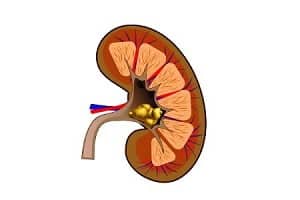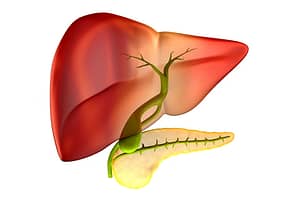ANSOSTM is an enterprise-level healthcare staff scheduling solution by HealthStream. It aligns staffing with demand using accurate forecasting and patient…
Veradigm ePrescribeTM is a complete and user-friendly electronic prescribing solution that is designed to automate and empower prescribing success in…
Latest Posts
Top Reads
Calculators
Subscribe to our Newsletter
Get health and wellness information delivered to your inbox.

Our Content Stands Apart as We Set a Higher Standard
At DiseaseFix, we establish rigorous standards of quality, research, and transparency for the information we provide, guaranteeing you access to only the finest resources. Here’s our evidence-based and research centric approach to maintain content quality and trusted, authoritative knowledge for our audiences:
- To guarantee trusted and authoritative resources, every one of our 3000+ articles undergo thorough review by a medical subject matter expert, such as a doctor, life scientist, researcher, or therapist who are experts of the domain.
- Our recommendations are up-to-date and based on latest medical research, because of our strict adherence to health and medical monitoring standards.
- Frequently revising and enhancing our content through collaboration with our extensive network comprising over 50 medical professionals and health experts.
- Each article first goes through an expert review followed by an editorial team’s review.


















